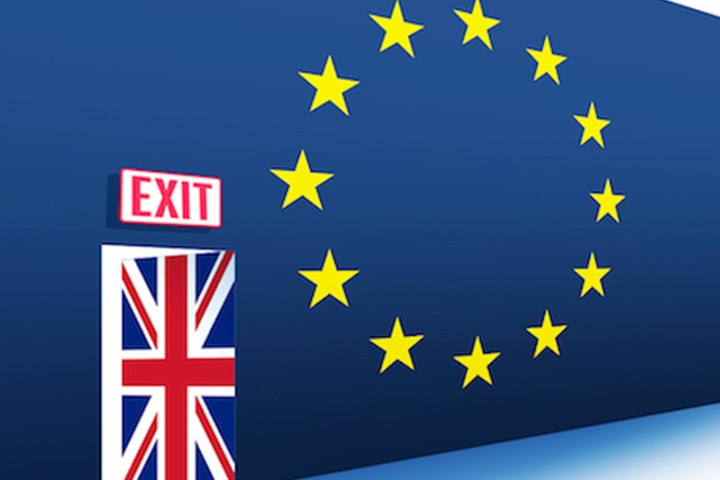
So, while Brexit isn’t at Y2K-potential levels of concern for technology, it does raise some issues that consumers and businesses who operate within the boundaries of the European Union will have to address. One of those concerns is continuing to qualify for a .eu-registered domain.
To get a .eu domain name registration, individuals, businesses, and organizations must meet registration restrictions. Essentially, you must be a resident of or have a registered office, central administration, or principle place of business within the EU, Norway, Iceland, or Liechtenstein. Companies also qualify if their organization is established legally in these same areas.
The problem, therefore, comes into play post-Brexit. UK registrants would no longer meet the criteria to own a registered .eu domain. For an individual with a single website, this may not be a huge issue. However, to a large company that relies on web traffic or e-commerce, this has the potential to wreak havoc on business operations.
As of now, there is no defined timeline for the UK to exit the EU, though most speculate it will take around two years to complete the exit, according to Circle ID. Complicating matters is the fact that potential problems with .eu registered domains does not rate highly on the items to negotiate as part of the exit strategy. As the recent news has shown, financial and trade concerns top that list. Some fear it may not be addressed at all, leaving UK .eu owners to scramble to find and secure new domains.
According to EURid, the United Kingdom has the fourth most .eu registrations following France, the Netherlands, and Germany. For now, only time will tell how problematic this will become for individuals and businesses who do not have another physical location that will remain within the EU after Brexit is complete. For those that do not, they will have to wait for the European Commission decision on the issue, if there is one at all.
Editors' Recommendations
- The EU wants Apple to ditch the Lightning port for USB-C by 2024
- Google wants to profit on search engine choice. The EU is keeping a close eye


